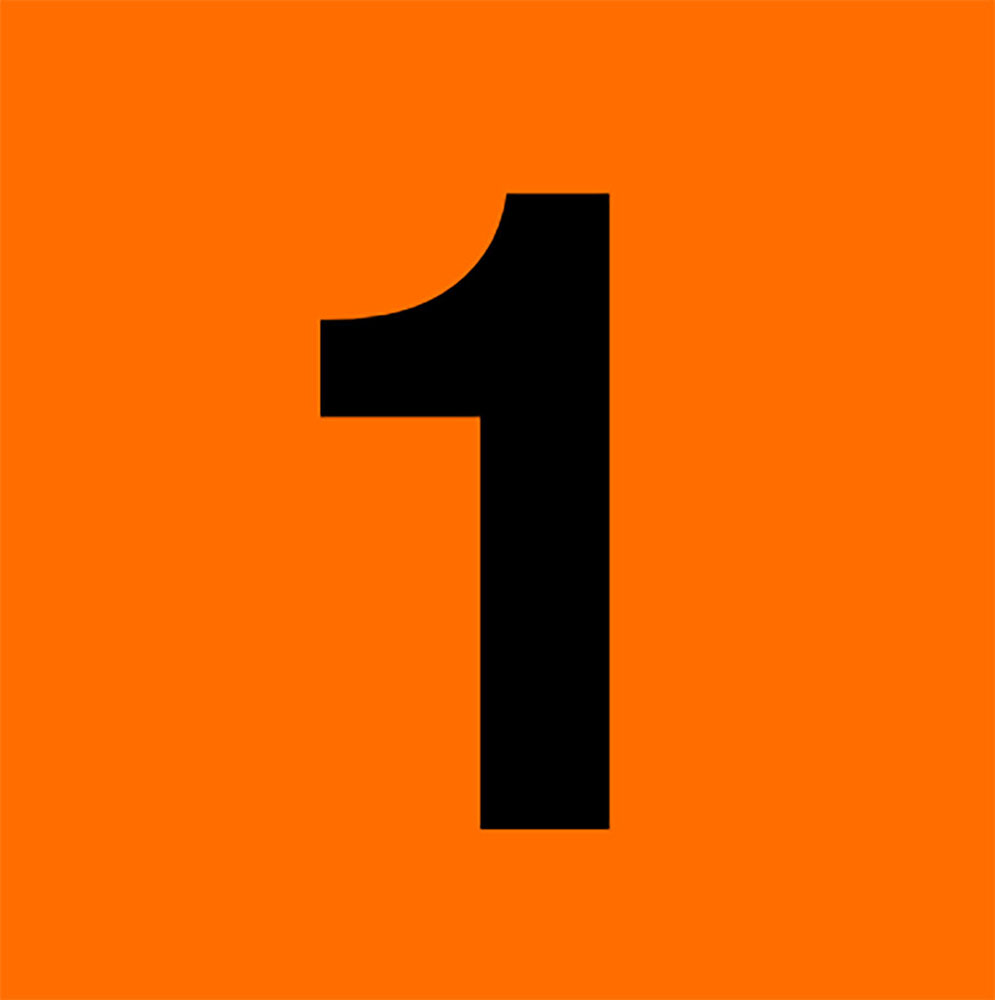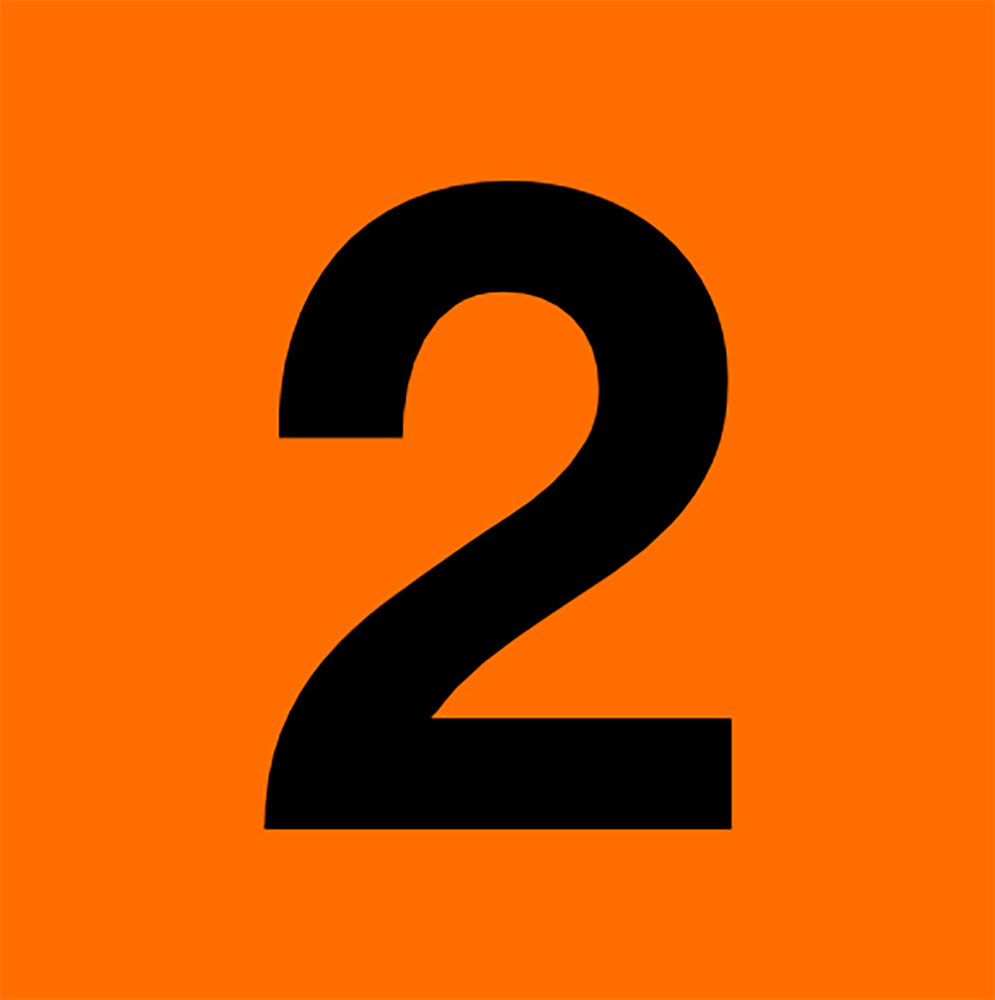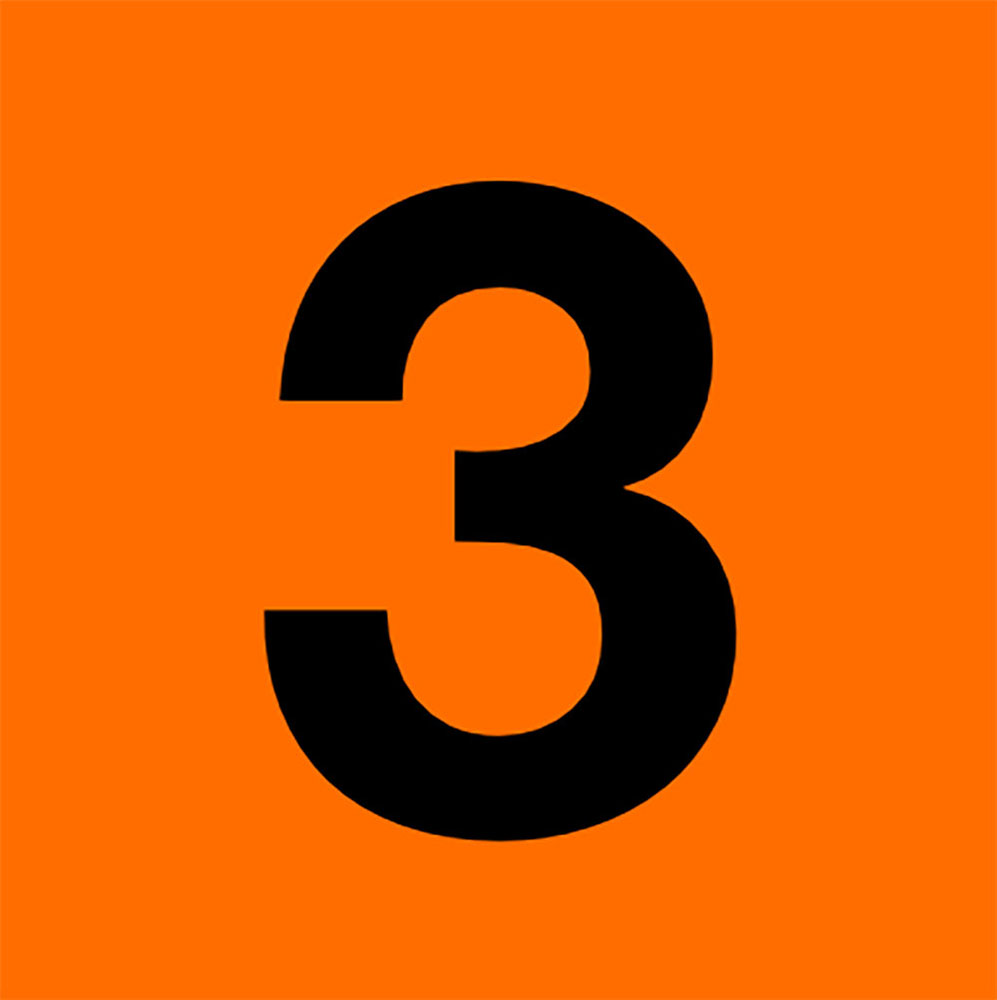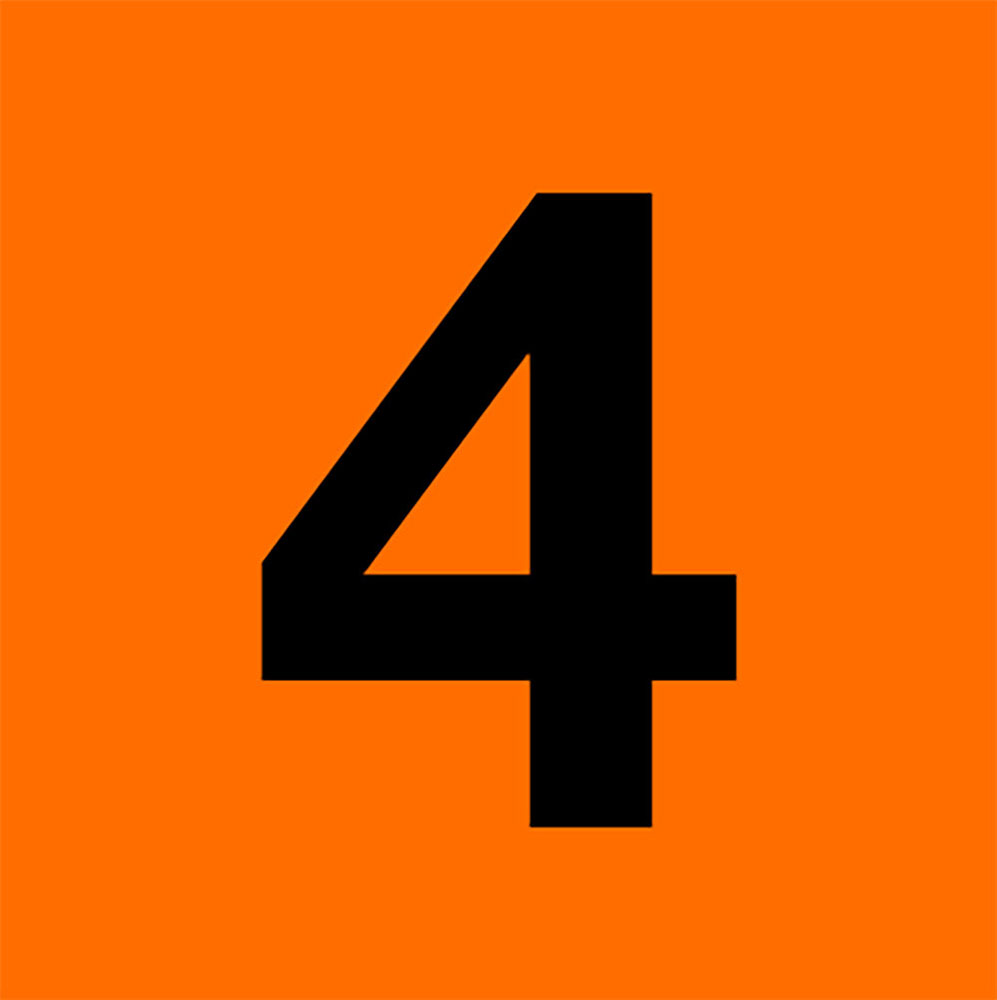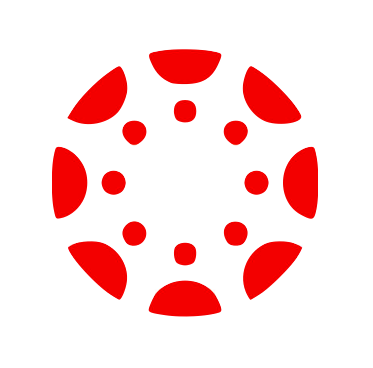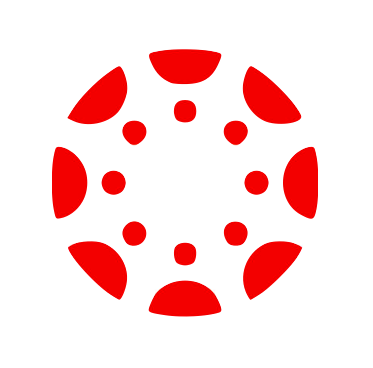Guide 4B Animals
Products
Quiz, Media, & Field Guide Directions
Review Animals Contents
Animals Objectives
Characteristics
List the basic shared characteristics of animals species; describe the flexible nature of animal tissues and the size difference between eggs and sperm; and provide the characteristics of two Carnivoras, bears and otters.
Invertebrates
List the general characteristics of arthropod invertebrates; provide examples of crustaceans, insects, and arachnids; and describe isopods, including classification and characteristics.
Insects
List insect characteristics, including the traits that set insects apart from other arthropod invertebrates; provide examples of insects representing different Orders; and describe crickets and roaches, including their classification, life cycle, and characteristics.
Reptiles
List the major vertebrate animal groups and provide examples of a species in each group; describe the evolutionary origins, shared structures, and modern descendants of reptiles; and provide the characteristics of lizards and reptiles, including concerns associated with studying or caring for these species.
Animals Quiz
Animals Media
Introduced in Characteristics section of this guide:
Portfolio Plan
The final Portfolio for this course has two features:
1. demonstrates your achievement of the course outcomes
2. constructed so you may use it beyond this course
Consider examples of your work (media pieces and quiz responses) you have already completed that can match three of the nine course learning outcomes. This could be examples already provided in the portfolio video (above) or other work you have already completed.
Brainstorm possible portfolio formats to display your work. Consider:
-
what will best display your achievement of the nine outcomes?
-
what format will be something you may want to use in the future?
-
What would be the most motivating format to start building right now?

Be creative with the format. For example, you could arrange your work in a space and give a video tour of the various parts of the portfolio. Or you could make a presentation with different slides showing your work. Or you could plan your own “Environmental Biology” museum with different galleries representing the outcomes and displaying your work.
Upload to Canvas:
-
A list of three pieces of work you have already completed matched with the learning outcome each piece of work represents. You will probably add other work to each of the nine outcomes as the course progresses, this is just the start of populating your final portfolio.
-
A description of the portfolio format you are thinking of using. Include why you chose this format: why you think it will be an effective format to display your achievement of the course outcomes and why you think you may use the selected portfolio format into the future.
